CULTURAL CENTER OF THE PHILIPPINES | History :: From “Imelda: Steel Butterfly of the Philippines” by Katherine Ellison


My “Cultural Center of the Philippines Suite” is a testament to how highly I regard this collection of civic architecture on Manila Bay and how fascinated I am with how the Center came to be.
In my research, I have not been able to find primary sources from the architect of the project, Leandro Valencia Locsin (below).
However, the following quotations from Katherine Ellison’s 1988 book, Imelda: Steel Butterfly of the Philippines, do a good job of demystifying how the Center got built in the first place. She also has the only quote I’ve found about the Center from its architect. The author also does a fantastic job detailing the dueling nature of the twin Aquino-Marcos dynasties and their impact on the people of the Philippines.
KATHERINE ELLISON
[Benigno (“Ninoy”)] Aquino’s target was the Cultural Center, which Imelda had envisioned as ‘something like Carnegie Hall,’ and launched with elaborate ceremony on April 17, 1966. Artists, society members, and all high government officials had been invited to hear of her ambitious scheme to reclaim about ten acres of underwater land beside the Philippine Navy headquarters and build on it a complex including a performing arts theater, museum, art gallery, library, and a huge amphitheater. Her plans were based on exhaustive studies she commissioned just weeks after Marcos’ inauguration, of modern theaters in Los Angeles, Sydney, Australia, and Tokyo. Imelda meant to have the center built quickly, to be ready for use before 1969 — and the next presidential election.
Initially, the plan met with great enthusiasm from Manila’s social leaders, who felt a new cultural center was long overdue. Previously concerts had been given at the Philamlife Auditorium of the Far East University, which had good acoustics but seats for only about 650 people. Under [President Diosdado] Macapagal, a joint Philippine-American endeavor had been studies whereby the United States would provide some funds and the Philippine government the land. Architect Leandro Locsin had come up with a design, and a Philippine commission collected $15,000. Despite a burst of publicity, however, not a stone had been laid — until Imelda made the project her own.
‘Everybody was knocked out when she announced it,’ said Bing Roxas, a society matron who took of the Cultural Center under the Corazon Aquino administration. ‘They said, what’s this? We don’t see her at concerts. But there was definitely enthusiasm.’
‘She had wide support from the artistic community,’ said Locsin. ‘She was at the height of her popularity; she was received like a movie star everywhere. And her idea caused a lot of excitement.’
Not all of the excitement was positive, of course. The Cultural Center was Imelda’s most ambitious fund-raising venture to date, and she went just a bit overboard in her enthusiasm. Her first ventures were more or less benign: she collected some $50,000 from ticket sales for a sponsored performance of “The Flower Drum Song,” and in a major coup, persuaded President Johnson during the Marcoses’ state visit to commit $3.5 million from a $28 million Special Education Fund marked as part of a settlement for war-damage claims. But as the months wore on, she increasingly put the squeeze on what she called “the gift-minded rich” — the wealthy executives seeking favor with the Palace. Before any of her parties, for an anniversary, birthday, or holiday, she warned guests to bring their checkbooks, expecting each to make donations — not only for the Cultural Center, but to a host of other rarely precisely defined charity projects. ‘What I am asking them to do for the poor will be good for their conscience,’ she insisted, adding, ‘It’s the rich you can terrorize. Not the poor. The poor have nothing to lose.’
– Katherine Ellison, Imelda: Steel Butterfly of the Philippines. New York: McGraw-Hill, 1988 : 88-90
from left: Lady Bird Johnson, Ferdinand Marcos, President Lyndon Johnson, and Imelda Marcos during the Marcoses’ state visit to Washington, 1966
°
°
°
IMELDA + DRAG QUEENS IN FRONT OF “HER” CCP (click to enlarge) by STEVE TIRONA
Imelda Collection 04 (set of 5) – Digital c-print (detail), 2006
61 x 91 cm
Edition 4 of 15

> See also “Imeldific Isn’t Funny Any More” by John L. Silva
About this entry
You’re currently reading “CULTURAL CENTER OF THE PHILIPPINES | History :: From “Imelda: Steel Butterfly of the Philippines” by Katherine Ellison,” an entry on designKULTUR
- Published:
- 2010/01/08 / 11:16




























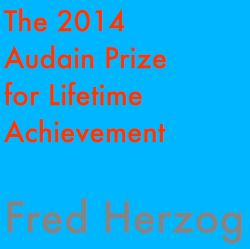

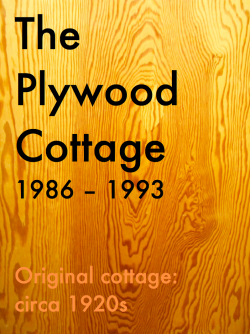


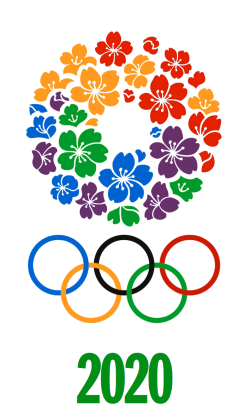






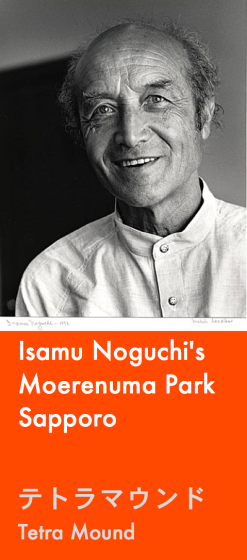

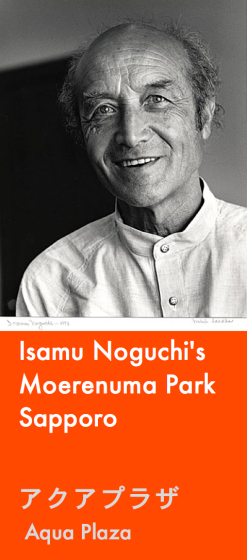

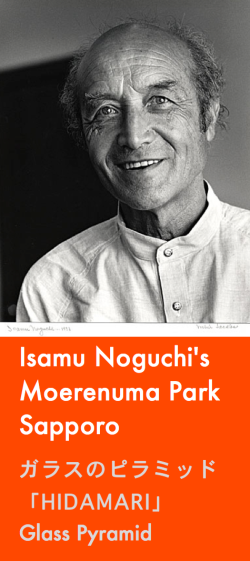







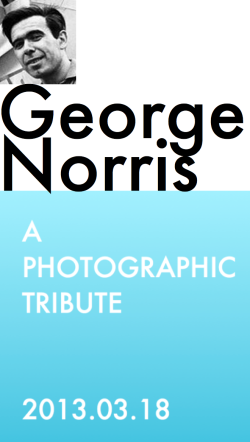









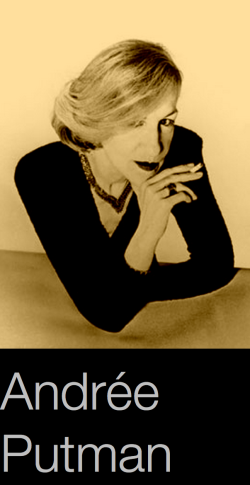


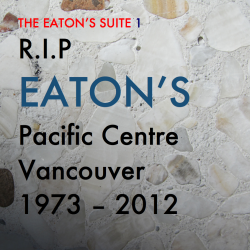













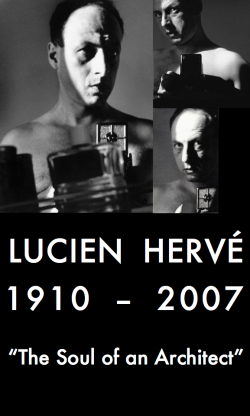
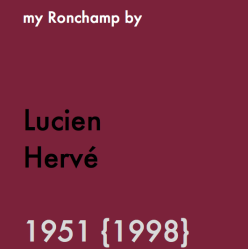
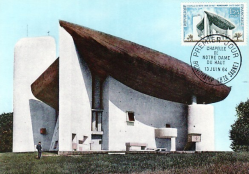












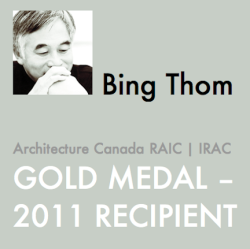

















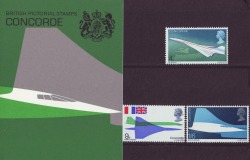
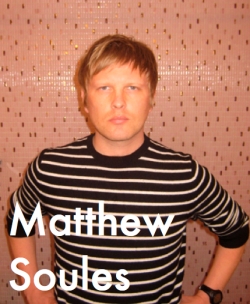




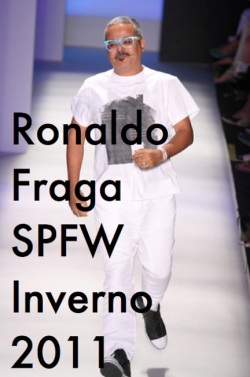







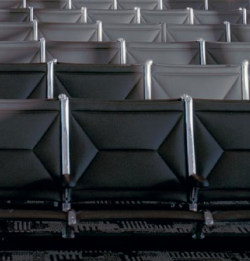


















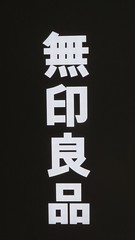









2 Comments
Jump to comment form | comment rss [?] | trackback uri [?]